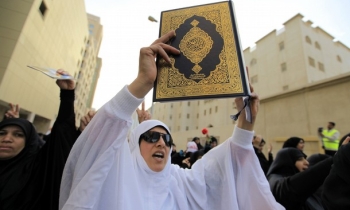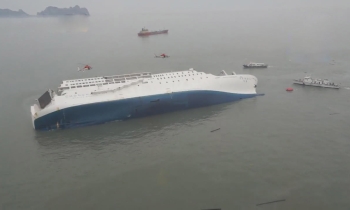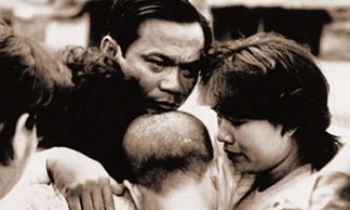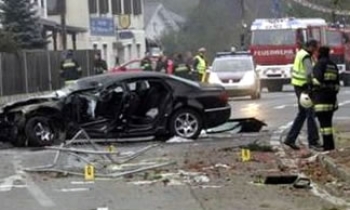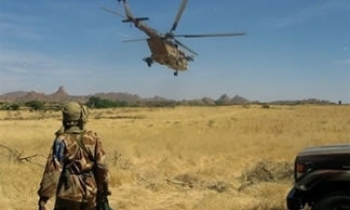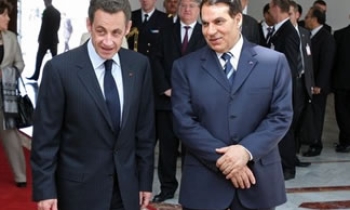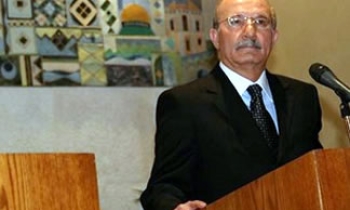Compliance with international standards of freedom of expression is still a long way away in Tajikistan, ARTICLE 19 hass revealed in a new report. A decade since the end of the civil war, Tajikistan is still recovering economically and psychologically.

The media in Tajikistan is still largely controlled by State authorities and the independent media struggles to operate in an industry that is subject to stringent licensing regulations. The authorities use a number of methods to interfere in the daily activities of the print and broadcast media; there is also manipulation of State-run facilities, such as printing houses, to exert pressure. This was particularly evident during last year’s presidential elections.
Moreover, websites and newspapers have been targeted, and journalists have suffered various forms of harassment - including death threats, ARTICLE 19 said in its report, 'The Policy of Control: the State of Freedom of Expression in Tajikistan'.
In 2006, there were over 300 newspapers registered in Tajikistan, although only approximately half were active, with many publications dying out after a handful of issues. The largest publications are Asia Plus, Tojikiston, and Vecherny Dushanbe. There are no dailies.
Some political parties have their own newspaper, including the Islamic Renaissance Party (Najot), the ruling People’s Democratic Party (Minbar-i Khalq) and the Communist Party (Nido-i Ranjbar and Golos Tajikistana). It is hardly possible for political viewpoints that do not command their own media to be heard.
During 2005, eight new print media outlets were registered, but all primarily covered entertainment or were non-political. During 2005, the Ministry of Justice registered only one new newspaper publishing materials of a political nature, Millat, and a State newsletter, Nabzikhobar In 2006, five newspapers were registered, including Fakti i Kommentariya, Sobytiya, Ovoza, Nigoh and Farazh. Other registration requests were rejected. A number of opposition newspapers have also ceased to operate due to governmental pressure. Yet newspapers remain a popular medium in Tajikistan as there is no truly independent electronic media that could provide an avenue for pluralistic expression.
Broadcasting is dominated by State-run radio and television: in 2005 there were six State-owned television stations and 25 private ones, yet only a few of the latter enjoyed some editorial independence. Most existing private television stations are pro-governmental. Nevertheless, television is the main source of information, as it reaches most of the public.
Although the right of freedom of expression is guaranteed in the Constitution, many journalists resort to self-censorship to avoid persecution. Extremely low salaries and difficult economic conditions have also made Tajik journalists susceptible to accepting payments for articles. More media training is needed to create industry standards and a level of professionalism that cannot be tainted by State pressure, the report recommended.
Defamation is a criminal offence in Tajikistan, with excessive penalties and special protection against defamation and insult of the President or other public officials. This makes it virtually impossible for journalists and other groups to be critical of the government and publicly call into account their actions, an important function of any open, democratic society.
In January 2006, Zafar Muradov, a reporter for Kulyabskaya Pravda newspaper, was detained while reporting on a demonstration by a group of market vendors. He had witnessed the police using force against the demonstrators. Muradov was held for a few hours and then released. In June 2006 he reportedly received death threats, but continued to write on the Tajik government in a critical manner.
Rajabi Mirzo, editor-in-chief of independent Ruzi Nav, was beaten up by unknown individuals in July 2004, hit on the head with an iron bar, and suffered a concussion. Mirzo had also been assaulted in January of the same year, together with three other colleagues.
Four opposition newspapers were shut down in 2005 and two television networks temporarily suspended. Journalists were given prison or corrective labour terms for articles critical of the government, although the charges levelled against them were primarily for theft and disorderly conduct. In September 2006 two journalists were temporarily detained for filming students picking cotton in Qorghan-Teppa; upon release, they were warned to refrain from publishing materials that might ‘destabilise the country’.
The newspaper Millat has also experienced problems with the authorities, although it has managed to keep moderately friendly relations with public officials. Still, the newspaper was denied the opportunity to have its premises in the Gosudarstvennyi Zhurnalisticheskii Kompleks (‘State Journalists’ Complex’), where most media outlets and advertisers are located, at a convenient distance from printing houses.
Representatives of local authorities often require journalists to request approval of topics to be discussed on television shows or published in the press. They are also required to screen the programme or show in advance the text they plan to broadcast. Publications are observed closely by the Ministry of Security, the Ministry of Foreign Affairs and the Prosecutor General’s Office. All this leads to self-censorship by reporters and editors, who fear reprisals in the form of tax inspections or refusal of licences and access to printing presses.
The authorities also give occasional direct ‘orders’ to the media, including advice not to publish information on events in a manner that reflects negatively on the authorities. In particular, this has occurred in the regions, where the local authorities often enjoy a higher degree of control over the media and journalists are less aware of their rights and means to protect themselves.
Television stations’ broadcasts (including private ones) are also routinely suspended when announcements are made concerning the President of Tajikistan (for example on the occasion of State visits). Consequently, media outputs are routinely biased and the level of State interference in the work of the media seems to be progressively increasing.
Although seizures of publications are formally allowed only by court order, in some cases they have occurred without one. One example is that of the newspaper Dzhiehkhon, which was seized in August 2004, for allegedly printing more copies than it had declared. Direct cases of pressure on media outlets seem to be more widespread in rural areas, where there are fewer checks and balances, and where journalists have less knowledge of their rights.
ARTICLE 19 has recommended reform of the Law on Television and Radio Broadcastin, ensure that all forms of harassment against the media are brought to an end, abolishing of all criminal provisions on defamation (and particularly the special protection for the President and public officials), and transformation of the State broadcaster into a public service broadcaster.

